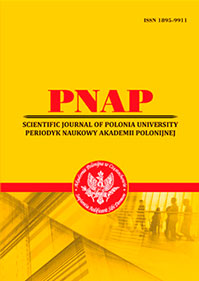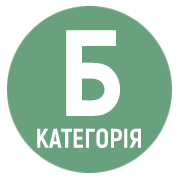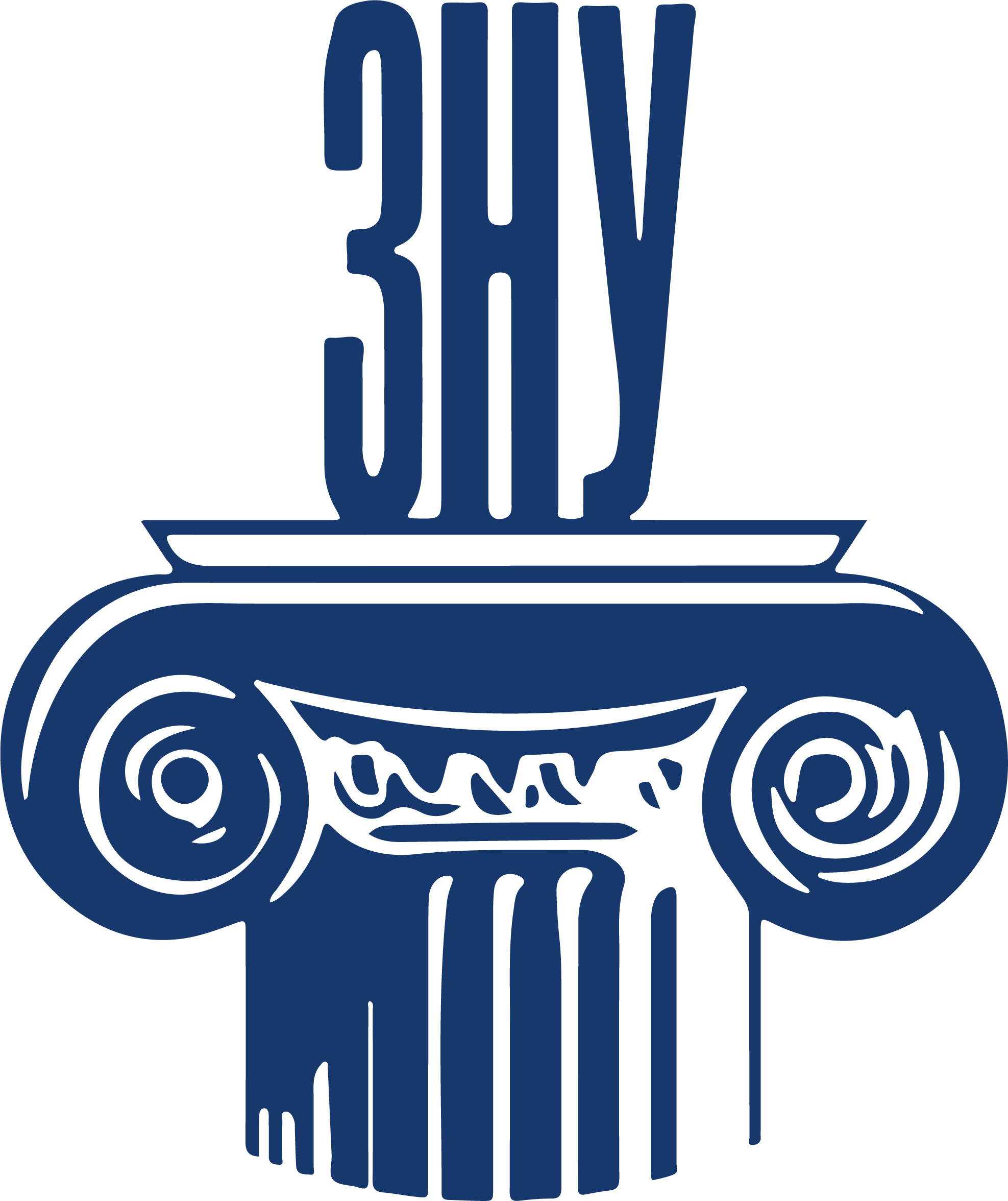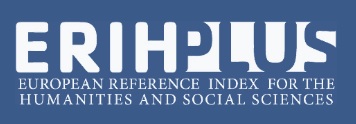LINGUISTIC ACTUALISATION OF THE LITERARY TEXT'S NARRATIVE HETEROGENEITY
Abstract
The article is focused on the peculiarities of linguistic heterogeneity of the compositional narrative structure of the modern English literary text. A literary narrative text is formed through the interaction of two dimensions – the narrator's and the character's texts; the narrator's text comprises a set of compositional-and-speech forms, i.e. text fragments endowed with semantic and thematic homogeneity, based on the peculiarities of the topic and typical linguistic inventory, including lexical, semantic, grammatical and syntactic means. The novels «Klara and the Sun» by K. Ishiguro and «Utopia Avenue» by D. Mitchell were used as the material for the study. Employing the method of continuous sampling, the contextualised text fragments representing heterogeneous compositional-and-speech forms were selected. The main types and linguistic parameters actualising narrative heterogeneity in literary texts are identified by applying component, linguistic, linguistic-and-stylistic, textual and interpretive analysis. The criteria for defining a compositional-andspeech form were established, being the thematic and linguistic ones; the key semantic types of compositional-and-speech forms in the studied texts include narrative, descriptive and argumentative forms; from the structural standpoint, compositional-and-speech forms fall into compositional macroforms and microforms; types of heterogeneity include contamination, interference and the combined type embracing the features of both. The narrative heterogeneity is achieved by combining various semantic types of compositional-andspeech forms within the author’s narrative mode; by interfering the main compositional-and-speech form with the means of direct, free indirect or indirect speech; or by combining both in different proportions. In the studied texts, the dominant form of narrative heterogeneity is the combination of the main narrative macroform modified by argumentative microforms, as well as the main narrative macroform modified by the elements of description and direct or free indirect speech. The least representative type is descriptions modified by the character’s direct, indirect or free indirect speech.
References
2. Smith C. S. Modes of discourse. The local structure of texts. Cambridge : Cambridge University Press, 2003. 334 p.
3. Aumüller M. Text Types. Handbook of Narratology / eds. P. Hühn, J. Meister, J. Pier, W. Schmid. Berlin/Boston, 2014. P. 854–867.
4. Palmer A., Friedrich A. Genre distinctions and discourse modes: Text types differ in their situation type distributions. Frontiers and Connections between Argumentation Theory and Natural Language Processing : Workshop Proceedings. Forlì-Cesena, 2014. P. 95–101.
5. Smith C.S. Aspectual Entities and Tense in Discourse. Aspectual Inquiries. Studies in Natural Language and Linguistic Theory / eds. P. Kempchinsky, R. Slabakova. Dordrecht, 2005. P. 223–237.
6. Chatman S. Coming to terms. The rhetoric of narrative in fiction and film. Ithaka : Cornell University Press, 1990. 245 p.
7. Lee H. Discourse type and the three levels of meaning revisited. Foreign Language Education Research. 2003. Vol. 6. P. 87–97.
8. Fludernik M. Genres, Text Types, or Discourse Modes? Narrative Modalities and Generic Categorization. Style. 2010. Vol. 34. P. 274–292.
9. Mitchell D. Utopia Avenue. London : Sceptre, 2020. 907 p. 10. Ishiguro K. Klara and the Sun. New York : Alfred A. Knopf, 2021. 332 p.
 ISSN
ISSN 


.png)




